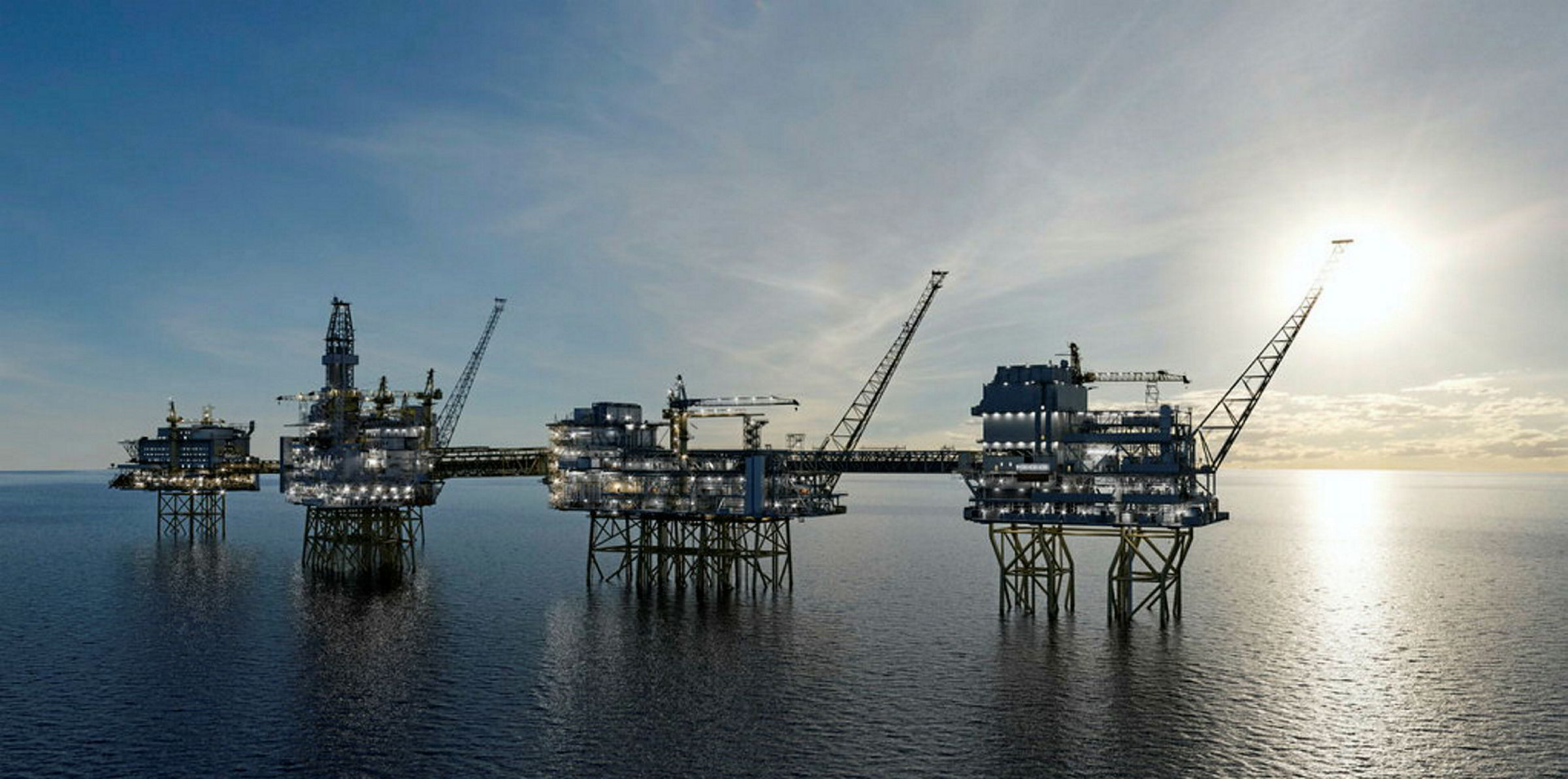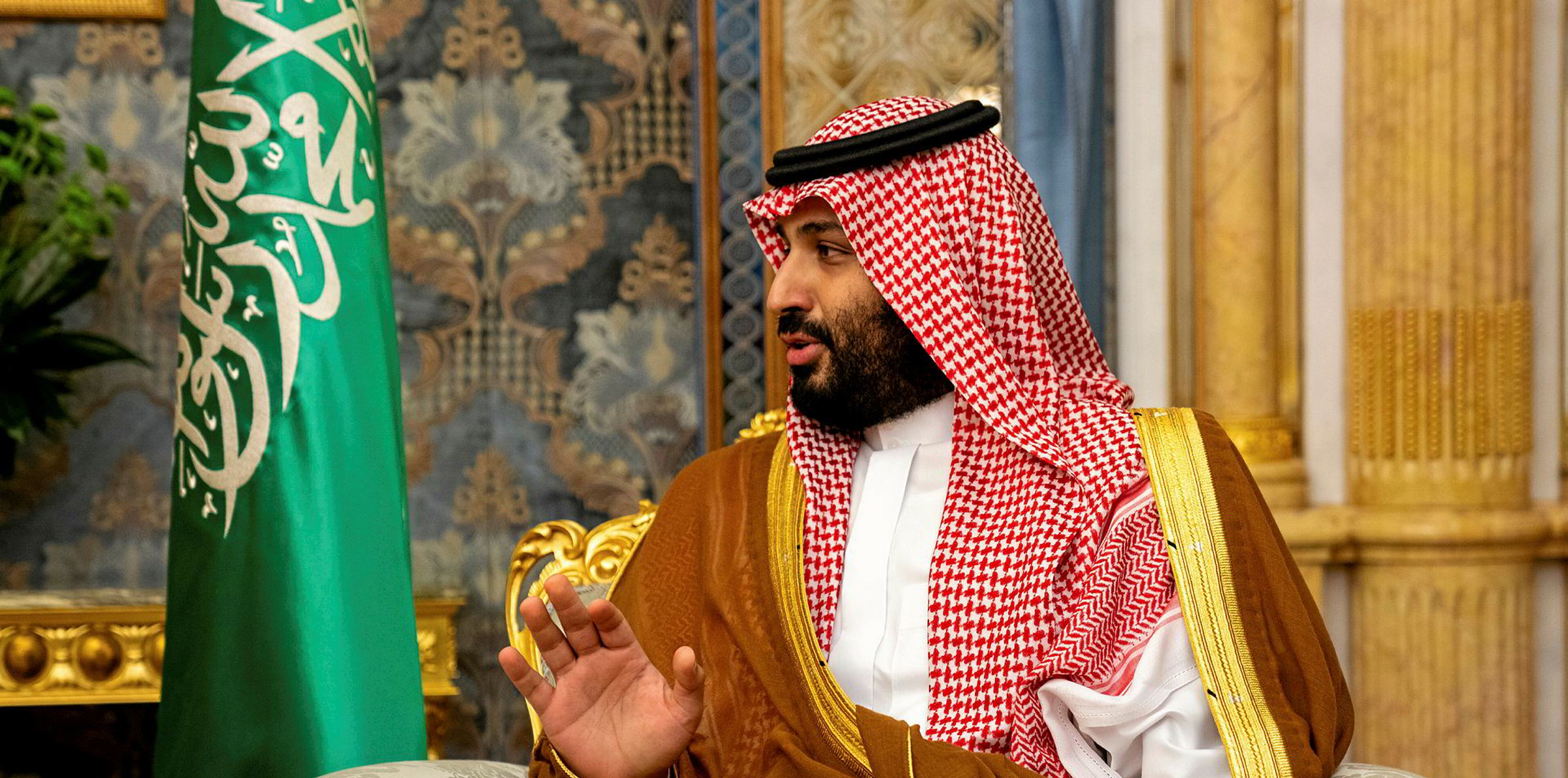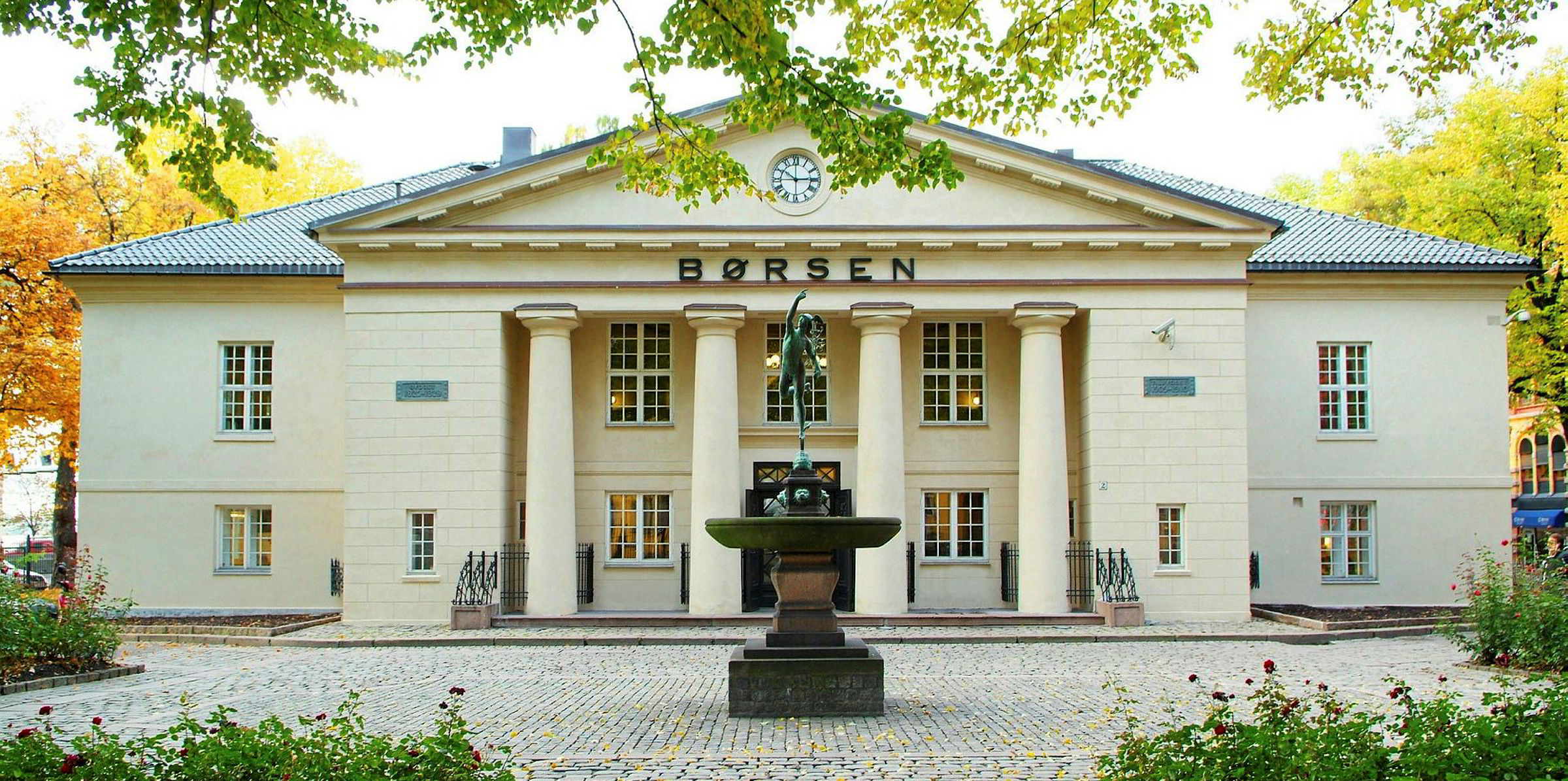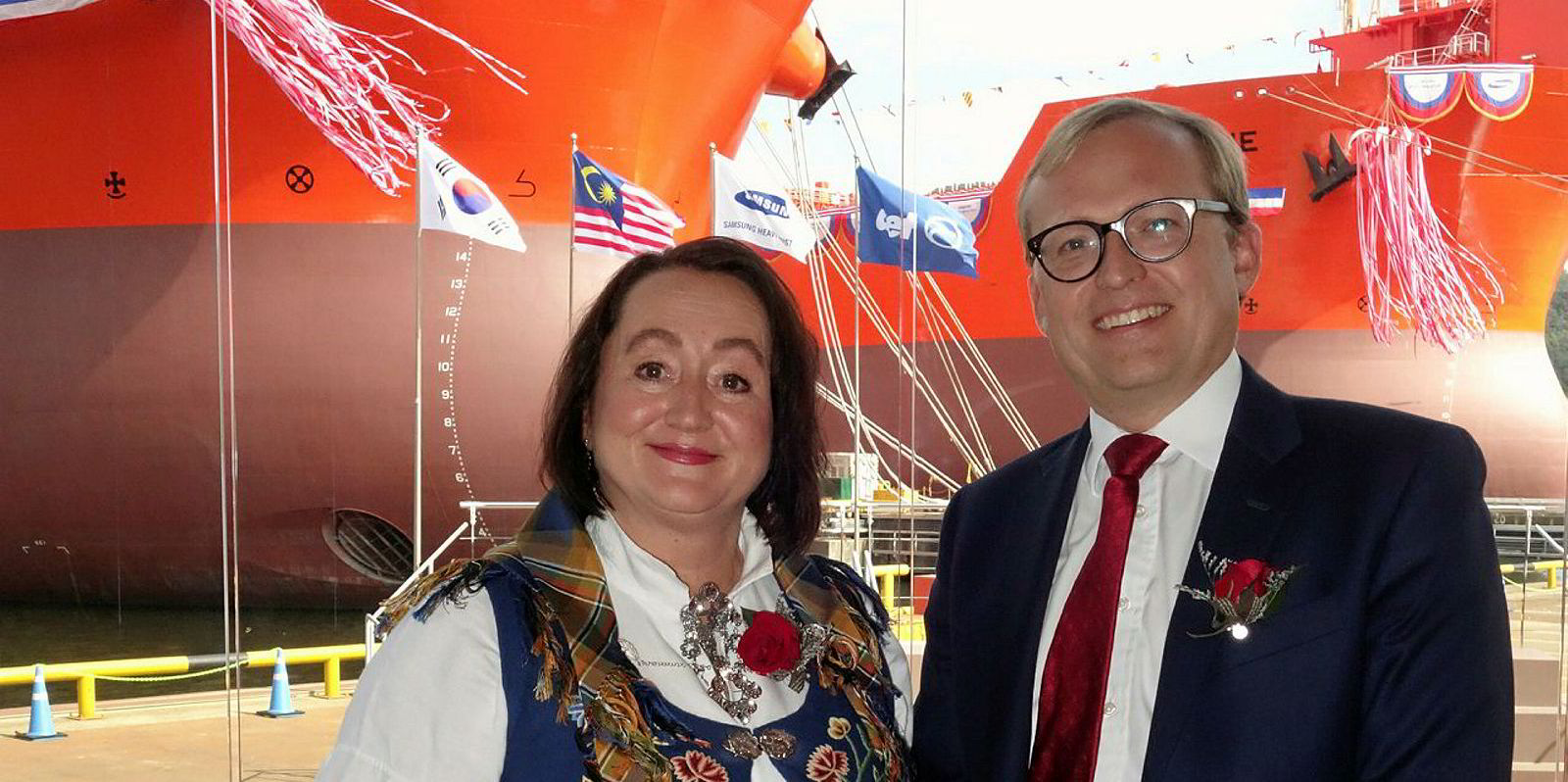Norway boosted crude exports ahead of the looming oil price war, providing tanker owners longhaul employment opportunities, vessel-tracking data showed.
The Nordic country exported 1.27m barrels per day (bpd) in the first quarter on the back of increased output from the giant Johan Sverdrup field, up 304,000 bpd from the same period of 2019, according to Kpler.
Of the quarterly exports – the highest in more than half a decade – 179,000 bpd were destined for China, with 51,000 bpd for Turkey and Sweden each, among others.
Market players have said the new output from Johan Sverdrup is leading to more vessel demand in the North Sea, where tanker earnings have been firm for much of this year.
In March, four VLCC shipments, four suezmax and two aframax were recorded from the field.
“Not as busy as I would have hoped for the suezmax market. But there is still some volume,” said a broker.
Rising production
According to operator Equinor, crude production of Johan Sverdrup already reached 440,000 bpd at end-March and a further hike to 470,000 bpd is expected in May.
The third largest oilfield on the Norwegian continental shelf only began operating in October but its output was rising at a faster pace than expected.
“All partners on the Sverdrup project have benefited from significant cost deflation, down 50% since the start of construction,” analysts at Kpler said.
“Costs for phase two of the project, expected to add capacity of 220,000 bpd by 2022, have also been halved against initial expectations.”
Equinor owns 42.6% of Johan Sverdrup while Lundin Petroleum has 20%, Petoro 17.4%, Aker BP 11.6%, and Total 8.44%.
Rising production from the field comes as Opec, Russia and nine other producers are set to flood the oil market in the second quarter after failing to agree on a supply cut.
Possible cutback
With the looming oil price war, coupled with the collapse in oil demand amid the coronavirus pandemic, crude futures had fallen below $25 per barrel before paring some losses.
For tanker markets, this has however created floating storage demand and boosted spot earnings.
The future outlook is uncertain. In an unprecedented international effort to stabilise oil markets, Opec is looking to hammer out a deal with Russia, the US, Canada, Norway and Brazil to cut global crude supplies by around 10m bpd, Upstream reported.
The Opec+ group, composed of Opec, Russia and nine other producers, is due to have an online meeting on Thursday. Oil ministers of G20 are to have an emergency meeting on Friday, according to the Financial Times.
While Norway has indicated the country could carry out its first crude production cut in nearly two decades, the reduction is not expected to come from Johan Sverdrup.
“The likelihood that Johan Sverdrup will cut production as a result of oversupply is unlikely,” Kpler said.
“With an operational breakeven of just $2 per barrel, this is by and far one of the most efficient production facilities in the region.”






